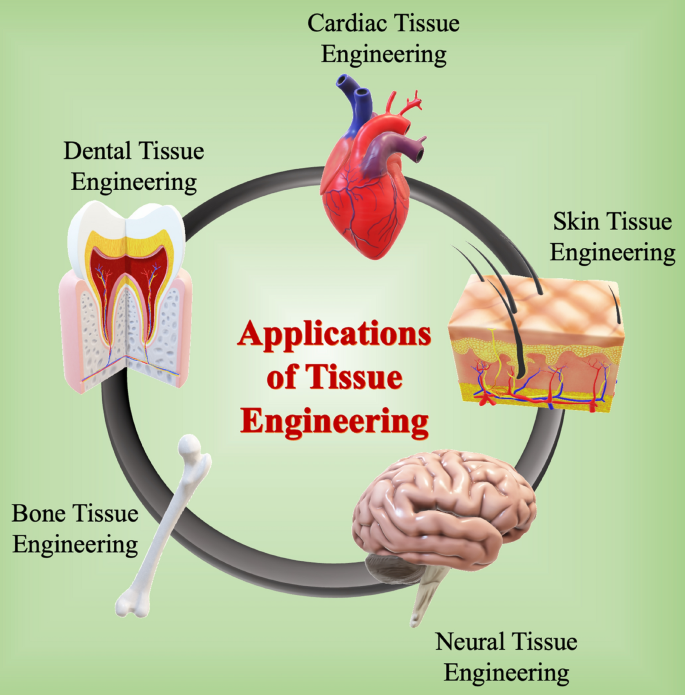Tissue engineering is a rapidly growing field that combines biology, engineering, and materials science to create functional tissues and organs. The goal is to develop living tissues or organs that can replace damaged or diseased tissues in the human body.
Key Components of Tissue Engineering
- Cells: These are the building blocks of tissues. They can be obtained from the patient, donated, or derived from stem cells.
- Scaffolds: These are porous structures that provide a temporary framework for cells to grow and organize. They are often made from biodegradable materials like polymers or natural substances.
- Biomaterials: These are materials that interact with biological systems. They can be used to create scaffolds or to deliver growth factors and other signaling molecules.
- Growth Factors: These are proteins that stimulate cell growth, differentiation, and migration.
Applications of Tissue Engineering
- Skin grafts: Engineered skin grafts can be used to treat burns, wounds, and skin diseases.
- Cartilage repair: Engineered cartilage can be used to repair damaged cartilage in joints, such as the knee and shoulder.
- Bone regeneration: Engineered bone can be used to repair fractures, bone defects, and to treat osteoporosis.
- Organ transplantation: Researchers are working on developing engineered organs, such as livers and kidneys, to address the shortage of donor organs.
Challenges and Future Directions
- Vascularization: One of the major challenges in tissue engineering is creating a network of blood vessels to supply the engineered tissue with oxygen and nutrients.
- Immune response: The body’s immune system may reject engineered tissues, especially if they are derived from foreign sources.
- Cost and scalability: The cost of producing engineered tissues and organs can be high, and scaling up production for widespread use remains a challenge.
Despite these challenges, tissue engineering has the potential to revolutionize medicine by providing new and innovative treatments for a wide range of diseases and injuries. As research continues to advance, we can expect to see even more exciting developments in this field.
